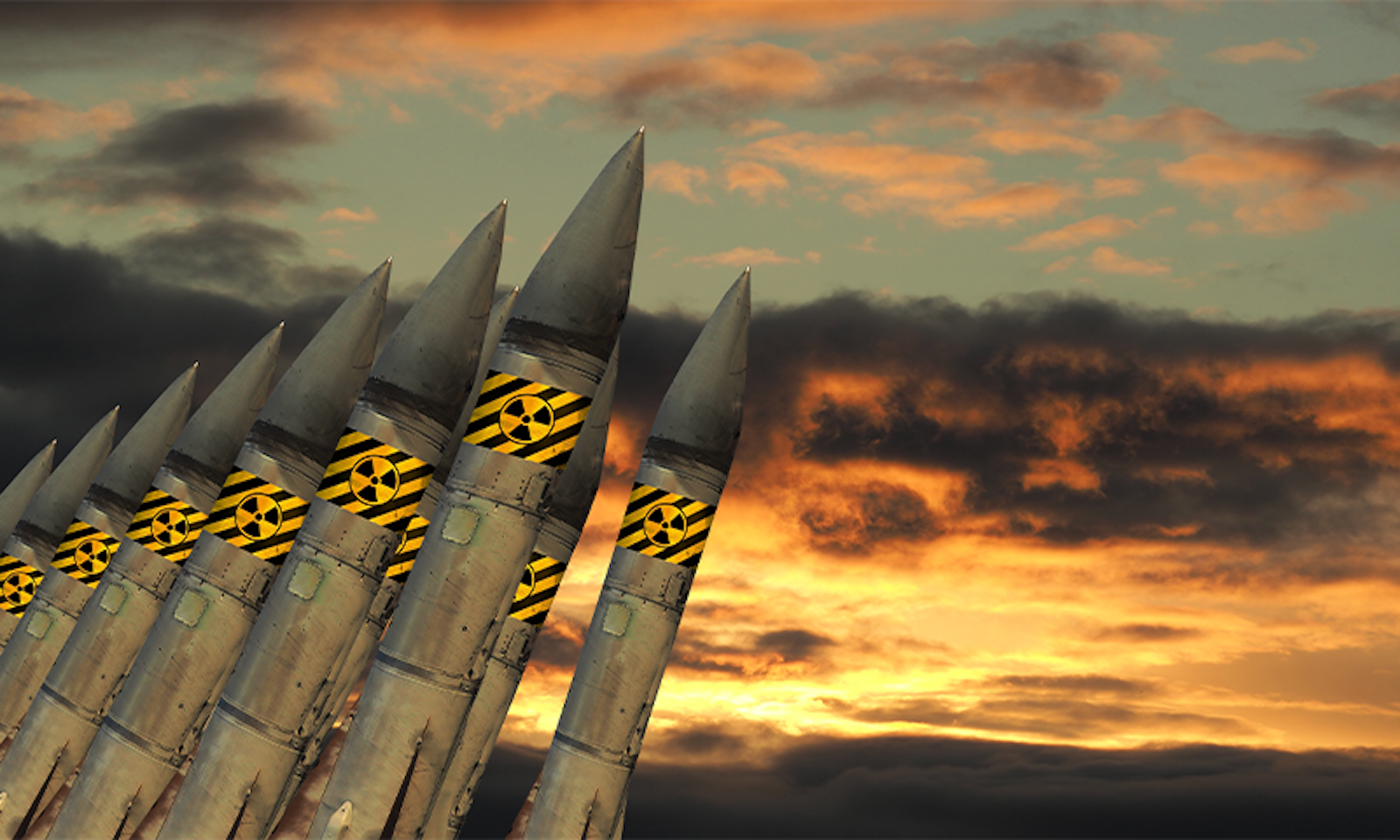1 Nuclear weapons research aids basic physics and astronomy research—and vice versa
No matter what you’re investigating—the inside of a nuclear weapon, the interior of a giant planet, the core of a star, or the flow from a supernova—physics is physics, atoms are atoms, and high-pressure situations are high-pressure situations.
That’s all self-evidently true, but it was illuminating for me to realize, over and over again while researching this book, how much of the basic science astronomers and physicists use to understand the world is also relevant to nuclear weapons-related research. For example, some of the biggest experimental instruments that the Department of Energy and its National Nuclear Security Administration oversee contribute to both. Take a device called the Z machine, housed at Sandia National Laboratories in New Mexico. It uses huge bursts of electrical current to generate enormous magnetic fields, create intense temperatures and high pressures, and produce X-rays. Scientists use the Z machine to investigate high-energy density physics and fusion energy and to map the different layers of planets like Jupiter and Saturn. But they can also use it to figure out, for example, how different materials would behave if a nuclear weapon blew up nearby.
The National Ignition Facility at Lawrence Livermore National Laboratory, meanwhile, uses the world’s most powerful laser to achieve fusion—combining small atoms into larger ones—that releases more energy than scientists pump into it. That’s a goal for nuclear power generation. It also creates intense radiation and high temperatures and pressures that allow scientists to study how the behavior of nuclear weapons changes as they age.
I met a physicist who used his weapons-related experiments to help an astronomer model a supernova.
Scientists who work at nuclear weapons labs often do research on physics, astronomy, or nuclear power in addition to their weapons-related work. This work not only adds to humans’ base of knowledge. It’s also important because they can talk about it. Researchers can take their fusion-power discoveries, or their understanding of Jupiter’s interior, and slap it on a conference poster. That way, they can get feedback—compliments and shade both—from other experts in the field. Then, they can take that feedback and make their related, but quieter, weapons science better.
On the flip side, nuclear weapons research findings can yield insights for fundamental science. I met a physicist, for instance, who used his weapons-related experiments and simulations to help an astronomer, who didn’t have the budget to better model a supernova. It’s a cycle of innovation, in which science benefits from national security work, and national security work benefits from science.
What surprised me most, though, is what the fundamental science is meant to convey beyond the scientific community—to the people who, say, work on nuclear weapons in other countries. Those international experts can look at a press release or scientific paper about, say, a recent fusion breakthrough at the National Ignition Facility, and infer what that might mean for American weapons capabilities—without anyone having to disclose classified information. In that way, scientific research is part of nuclear deterrence, or convincing others not to attack because of the threat of retaliation.
2 Because we don’t test nuclear weapons anymore, we have to understand them better than ever
When I started working on Countdown, I knew that the United States didn’t blow up nuclear weapons to test whether they worked or not, or to learn more about how they worked. The country did do exactly that for decades, ultimately detonating more than 1,000 bombs between 1945 and 1992. The negative effects of those tests—on the atmosphere, soil, crops, livestock, the people who depend on all those things, and also on geopolitical stability—were significant. In 1992, the U.S. performed its last full-on nuclear-weapons test, ultimately signing the Comprehensive Nuclear-Test-Ban Treaty in 1996.
What I didn’t fully realize was how much was still unknown or uncertain about nuclear weapons after those experiments ceased. I also didn’t know how much work scientists would have to do to fill in gaps and gain a fuller understanding of the physics and engineering of nuclear weapons—as they existed and as they age. Soon after the U.S. stopped pressing experimental red buttons, it embarked on a massive computing effort to make better supercomputers and software, to try to better simulate nuclear weapons and the physics coiled within them—to model how they work, but also to understand those inner workings on a fundamental, scientific level.
Scientific research is part of nuclear deterrence.
Stirred in with that, researchers also do experiments that don’t rise to the level of “nuclear explosion” but nevertheless test different aspects of the bombs, without starting a critical, radioactive chain reaction. The results of those experiments feed back into the simulations, making them better, and the simulations inform how the experiments are designed. Learning about and maintaining the nuclear arsenal in this way is called “stockpile stewardship,” the stockpile being the nuclear arsenal.
In a lot of ways, not being able to test nuclear bombs—which Los Alamos National Laboratory has called a “shortcut”—means scientists must have a better, more detailed grasp of nuclear physics, particle physics, thermodynamics, fluid dynamics, materials science, and more, all at once. It was interesting to learn how interdisciplinary weapons-lab work is. In academic research, disciplines tend to be more siloed, and people tend to have narrower expertise.
3 Scientists in the nuclear weapons world think a great deal about the morality of their work
In the years I spent working on this book, I’ve spoken to dozens of scientists who help maintain the nuclear arsenal. At those same labs, I’ve also spoken to many scientists who are trying to make sure the world’s nuclear arsenals don’t grow—that instead, they shrink, ideally away to nothing. What surprised me, though, is that researchers in those two groups tend to have a similar goal: helping the world become a more peaceful and stable place, whether through deterrence, or nonproliferation (ceasing the spread of nuclear weapons), or a combination of both. You can disagree with how either group pursues these ends, but that is usually the lens through which they view their own work.
Many of the people I met followed a similar path into this world: They had studied astronomy or physics and came to the weapons labs to do more of that kind of research, during or right after graduate school. At these labs, there were often more funding, more resources, less competition, bigger experiments, and better computers than you’d find at a university. The longer they stayed, the more they began to add applied work—whether in “stockpile stewardship” or nonproliferation—to the fundamental science research that had brought them there. And they found meaning and motivation in that work that they did not find in purely academic science. They also enjoyed being able to work in multiple disciplines, toward solving problems that might have a significant impact on the world.
It might seem like scientists who choose to work on the world’s scariest weapons would be war hawks, of a sort. But, in general, they either believe their work on weapons helps keep the peace, through deterrence, or will lead to the ultimate goal of a world free of nuclear weapons. People with both mindsets, though, tend to believe that as long as these bombs are out there, someone has to maintain them—and someone has to keep watch over their spread. And it’s better if those people fundamentally want to live in a world that, in the future, doesn’t rely on nuclear weapons. ![]()
Lead image: Popel Arseniy / Shutterstock




























